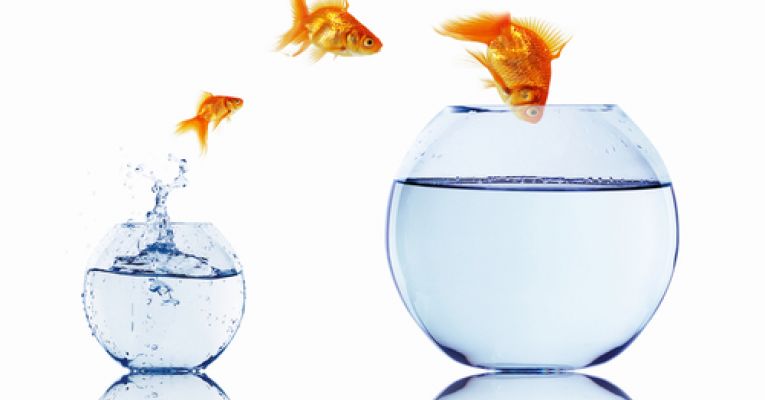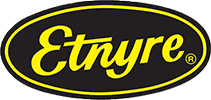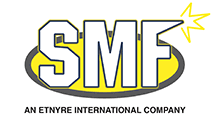Why Profile Bar is Preferred in Fish Screen Applications

Fish diversion screens are used in water systems throughout North America to protect fish from hydroelectric turbines, pumps, and to prevent migration into the irrigation canals. Reliability of screen construction is important to protect marine life and meet federal, state and local fish regulations. Strength, durability, and life-cycle dependability are important factors when deciding on the right application.
A critical part of a mechanically cleaned screen installation is the screen itself. Most fish diversion panels are constructed from “welded wedge", "resistance welded", "vee-wire" or "wire wrapped" of welded types of screens. Hendrick offers a Profile Bar option, which is vastly different than the wedge wire alternative. Due to the unique construction, it delivers the strongest, flattest, most durable screen construction available.
You should be aware of the differences in these screens and why the profile bar is purposely specified over a welded design.
1. Construction:
Profile Bars screen wires (bars) are over twice the height and weight of other screen wires. The taller Profile Bar makes the individual wires substantially stronger and stiffer than the v-wire found on other screens. Welded screens require a thicker wire to achieve reasonable wire strength. Wider wires substantially limit the open area of a screen, especially a screen with a 0.069" slot, as required on most fish projects. Profile Bar screens provide a large open area and narrow wire width with superior wire strength and stiffness.
2. Assembly:
Profile Bars are assembled into "U" shaped clips with retaining pins staking the bars into place. The precision slots in the "U" clip are .250" deep holding the bars firmly in place, making the bars very resistant to bending or tilting out of place. Other screen wires are held in place by resistance (spot) welds or TIG welds.
Profile Bar screens are less subject to damage in instances where a heavy object such as a tree trunk, truck tire or animal carcass is forced against the screen by the cleaner scrappers. Profile Bar also has the greatest impact strength of the commonly used screens. Other wires can be subject to bending or weld breakage under heavy loads or impacts.
3. Supports:
The stronger bars on Profile Bar screens allow the spacing between the support rods to be greater. The greater distance between support rods decreases the accumulation of stringy debris impinged on the screen.
4. Flatness:
Profile Bar screens are an assembly, not a weldment. The height of the bars and the absence of welds provide a very flat and stable screen face that is ideal for use with a screen cleaner. Welded screens have thousands of weld stress points that cause them to have a "wavy" surface and an overall "out of flat" perimeter.
5. Open Area:
Our profile bar will provide greater strength than welded screens and meets or exceeds open area requirements of NOAA.
6. Service life/economy of use:
The superior damage resistance of Profile Bar screens when used with a mechanical screen cleaner will provide an improved economy and less maintenance than the initially less expensive welded screens.
We ask that you consider the Hendrick Screen profile bar construction and evaluate the initial price of the screen to the long-term cost and maintenance of the welded screen construction when designing your next fish or diversion screen.
If your application does not require the flatness and strength of profile bar construction, Hendrick Screen produces a wide variety of resistance welded v-wire screens for your diversion requirements.








